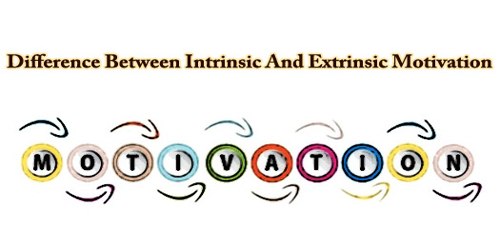As the term implies, customer bonding is the process through which a company or organization establishes connections with its clients. Customer loyalty grows over time from the personal relationships and faith between the organization and the customer. Customer bonding aims at establishing a friendship and a sense of belonging, including the customers so that they:
- Feel welcomed
- Are more likely to continue patronizing the company (and its products or services)
- Are more likely to recommend the company to friends and family
This relationship is the product of positive one-on-one contact, mutually beneficial engagement, the sincere interest and participation of the company in the life and lifestyle of the consumer, a blend of customer loyalty and corporate support, and a common sense of mission. By engaging in consumer bonding, businesses can create a sense of loyalty and raise sales. However, along the way, they have an inclination to search out that there are varieties of other benefits that come from bonding with customers. As an example, getting regular customer feedback can help an organization improve its products or services, thereby making them more appealing to consumers.

Customer-Employee Bonding
Bonding is the response of the client to the manner in which the vendor addresses adversity. When someone on the vendor side takes their problem or issue seriously and works effectively to produce a successful result, customers love it. Customer retention is crucial for any business because a loss of customers is tantamount to a decrease in revenue; losing too many customers may mean a company’s demise. In most markets today, customers expect that they’re buying an entire product defined because of the thing itself plus the warranties, service, support, goodwill, and pleasant disposition of the staff. They also buy into what they hope would be a group of other consumers that will be able to offer support and guidance, a kind word, or real insight.
The retention of customers is a huge part of every business’s success. The firm becomes more competitive when customer retention increases. The concept is pretty simple:
Loss of Customers = Loss of Revenue
The main aim, of course, is to attract clients and to raise profits in doing so. Indeed, a more sophisticated definition of the partnership is that it is not at all between the consumer and the seller or, at best, it is just part of it. Often the connection is between like-minded clients using the goods and services of the same provider.
The “share-of-mind” art of receiving consumers includes creating an idea of personal connection with the goods and/or services of the business. Consciousness reflects the weakest component of a relationship since it is non-interactive and relies solely on the understanding of the client. A company doesn’t know the premise for a customer’s positive or negative reaction to communication or advertising message at this stage of the link. Customers are also drawn off from a corporation for several reasons. These reasons include:
- Attracting companies with identical products or services; market players use different strategies to attract consumers, such as cheaper rates or additional services
- Being disappointed with customer service
- Being disappointed with the goods or services
- No longer wanting or needing the goods and/or services a company offers
Marketing has a special role in what looks like service to an untrained eye, because marketing is the leading user of social media in many businesses and the community that, at the moment, can do the most to make other departments understand the social benefits. A customer defines a service product as fulfilling one or more essential personal needs, such as self-satisfaction, reputation, or belonging. A customer will perceive the business as having values and preferences similar to his own and start developing a relationship with the business.

Customer Satisfaction
Once a customer interacts with the corporate, repeated experiences of individual customer satisfaction tackle significant importance. The goal is to let customers know they will report any usage issues or problems with goods or services that they’ll have. Customer satisfaction is not an objective but a responsibility. They expect the products to work and to get good service. An organization has different options available for implementing the initiative.
Bonding with customers demands high levels of meaningful engagement. As the organization incorporates its goods and services into its consumers ‘ lives and lifestyles, there is mutual bonding. Many software programs for customer relationship management (CMS) are available. Provided the corporate maintains an internet site, they’ll include a page that permits customers to depart feedback, ask questions, and inquire into any existing issues or concerns. Employees read the feedback and send the details to those individuals inside the organization who are willing to respond. Owing to their sense of common values, loyal consumers are more resilient to competitive pressures and/or higher price points, depending on the form and level of contact.
A company may use an automatic communication system or employ a selected customer service agent who can reply to customer calls. Having a private answer the phone is also more appealing to customers, as they will feel that they’re actually being heard and seeing their concerns addressed. The stage of the group partnership achieves alignment between consumer and company of values, desires, and interests where each receives the mutual benefit. Companies that obtain this form of loyalty enjoy their customers regularly. As long as customer concerns or reviews are replied to in a timely manner, it is likely that customers will feel their input is considered valuable and important to the business. Such emotion generation goes a long way towards improving consumer bonding.
Information Sources:
















